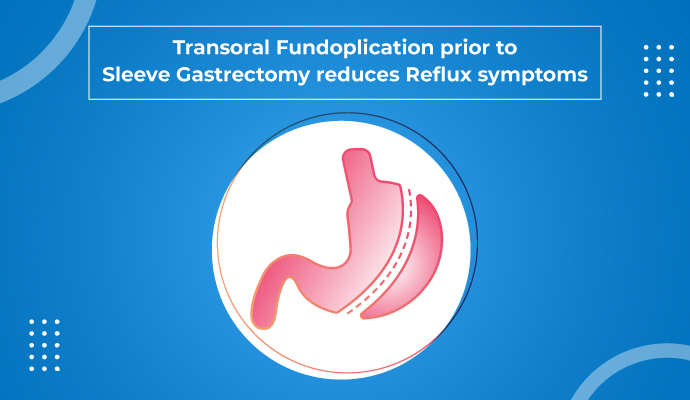
Sleep apnea and how it is associated with Obesity
Sleep apnea refers to a condition in which
59,011 total views, 134 views today
Home » Weight loss promotes beneficial effects on heart rate variability in overweight individuals
According to a recent study, weight loss through lifestyle changes on cardiovascular function exhibited beneficial changes in overweight and obese individuals.
The study was published in the journal, Clinical Nutrition. The results were based on 12 studies, wherein nine studies included only diet as an intervention, two studies were based on diet and exercise, and one study was a comparison between only diet and a combination of diet and exercise. The main outcome of the study was changes in heart rate variability (HRV) indices from exercise and pre- and post-nutritional interventions.
This systematic review revealed that weight loss was greater than 10% in four studies and between 5-10% in three studies. Thus, it may be concluded that weight loss based on lifestyle changes has beneficial effects on HRV.
Reference:
Mattos S, Rabello da Cunha M, Barreto Silva MI, et al. Effects of weight loss through lifestyle changes on heart rate variability in overweight and obese patients: A systematic review. Clin Nutr. 2022 Nov;41(11):2577-2586.
Source link:

Sleep apnea refers to a condition in which
59,011 total views, 134 views today

Since the beginning of 20th century, the overall
58,988 total views, 134 views today

New year is the time for new beginnings.
59,687 total views, 133 views today

Weight loss can be tricky business, as it
59,559 total views, 134 views today

According to a recent study, preoperative very low
60,459 total views, 134 views today

A recent study conducted on GERD (Gastroesophageal Reflux
60,463 total views, 134 views today

A recent study done to examine the long-term
59,341 total views, 130 views today

Overweight and obesity is a major health concern
29,610 total views, 98 views today

A recent study published in the Journal of
28,800 total views, 98 views today

The findings from a recent study, published in
29,041 total views, 98 views today

The findings of a recent study, published in
29,441 total views, 98 views today

Dietary modifications, along with regular exercise, play an
11,950 total views, 32 views today
